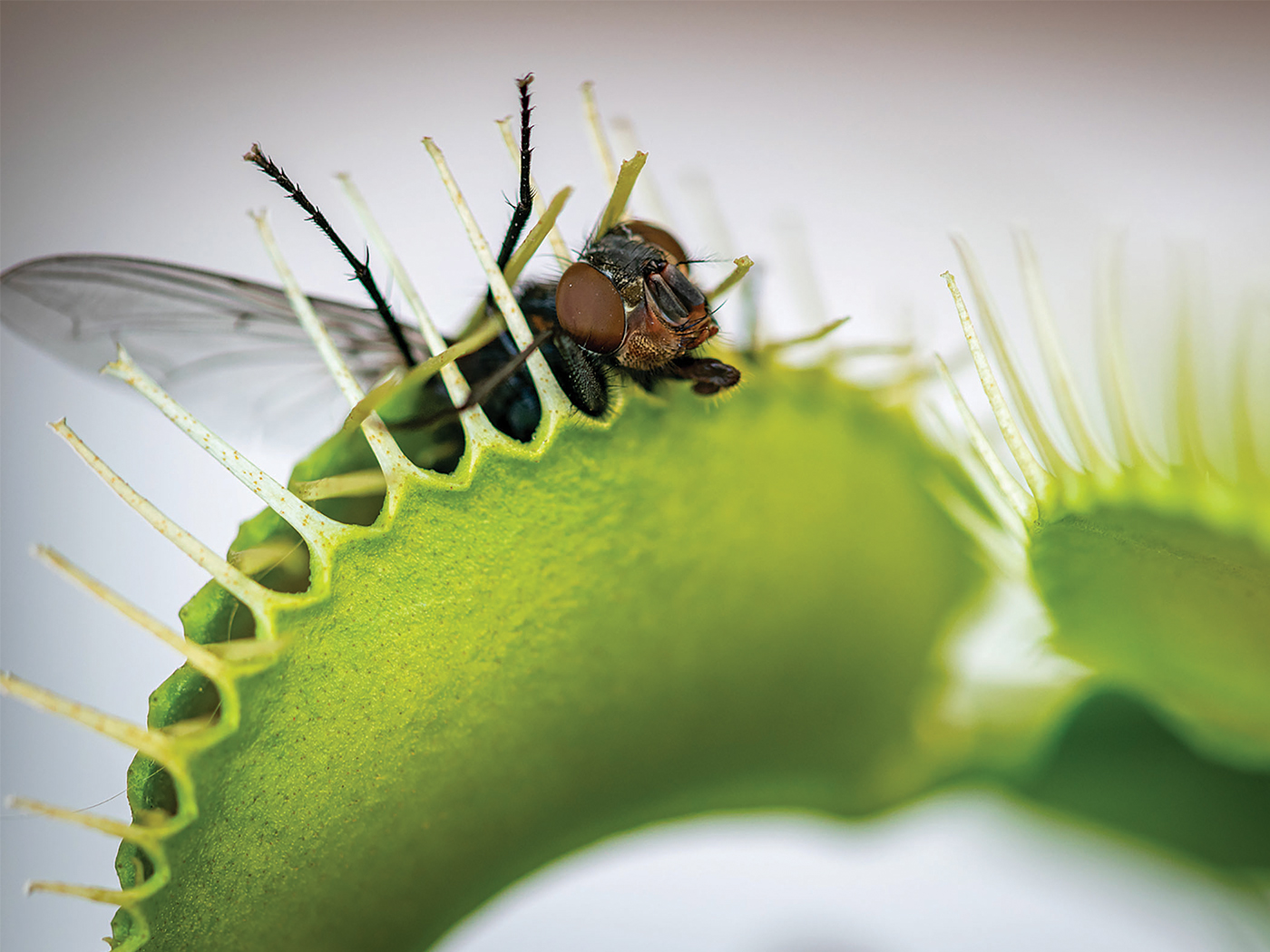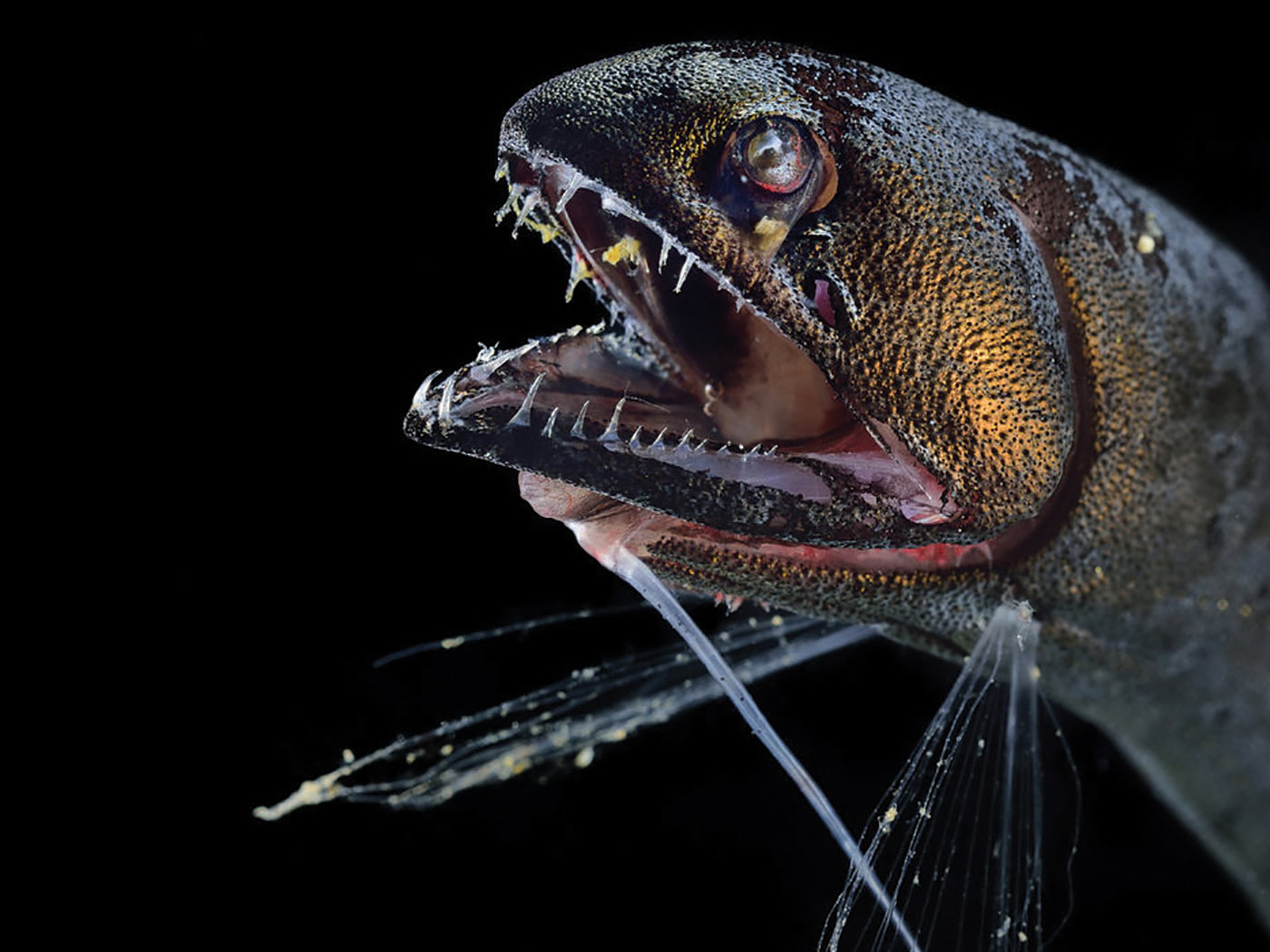Because evolution on a grand scale is impossible to observe happening in real time due to the immensely long ages it supposedly requires, any little tidbit of natural selection that is discovered is heralded as real-life proof for evolution. However, the changes that are cited as evidence are typically based on a trait that always existed in the population, but at a lower or higher level of expression. A current news article in New Scientist magazine about a recently-published study clearly illustrates this.1
Africa is home to the sunbird, which is quite similar to hummingbirds. It even has the same type of hovering capabilities, characterized by rapid wing movement like that of the North American hummingbird.2 However, the sunbird has seldom used this hovering capability because its standard food source does not require it to hover in mid-air during feeding.
Recently, a new non-native species of plant, a type of tree tobacco, has begun to thrive in Africa. This plant produces flowers that are becoming the sunbird’s favorite food source. In order to suck the nectar from the flower, the sunbird must hover in mid-air, using its rapid wing movement capability just like a hummingbird. Evolutionists took note of this new behavior and documented it as evolution in action.3 Is the sunbird evolving by acquiring a novel hovering trait?
No, because the sunbird was fully capable of hovering in mid-air before and was observed to do so on occasion. The only difference is that the frequency of birds using the hovering trait was much lower before this because their previous food source did not require them to hover. And no genetic changes have been observed or documented in relation to this increase in hovering behavior.
As demonstrated in the sunbird study, a shift in a population of animals or plants that favors one version of a trait over another does not actually involve any new genetic information being created—unless one considers mutationally degraded information to be “new.” The trait and the genes conferring it already existed in the population, often at a lower frequency or level. If the environment changes to favor individuals with a certain variant of the trait, the frequency of the trait in the population will increase. Nothing new and useful is created, yet this is the sort of thing that is cited as evolution in action.
It is absurd to use a phenomenon like this to bolster Darwinian evolution, which requires creatures to generate complex sets of genetic information from random mutational change. Since there is no actual evidence that the myriad design specifications that enable sunbirds to hover could arise spontaneously from nature, it therefore makes more sense that sunbirds were engineered by a Creator.
References
- MacKenzie, D. 2009. Sunbird learns to hover for sweet reward. New Scientist. 2704: 11.
- Sunbirds learn new trick, video clip posted on newscientist.com.
- Geerts, S. and A. Pauw. 2009. African sunbirds hover to pollinate an invasive hummingbird-pollinated plant. Oikos. 118 (4): 573-579.
* Dr. Tomkins is Research Associate at the Institute for Creation Research.
Article posted on June 2, 2009.











